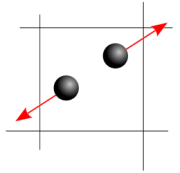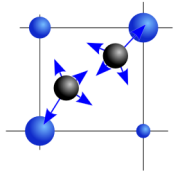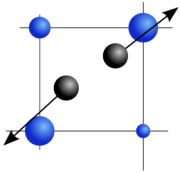
Supplementary Material for Our CGF Paper
Electrostatic Halftoning
Home
About Us
People
Teaching
Research
Publications
Awards
Links
Contact
Internal
The Model
Our halftoning approach is motivated by the fact that, for regions of constant density, e.g. regions of constant grey value in an image, black points in the resulting image shall be equally distributed.

Repulsion between particles
First, let us focus on a uniform grey image. We initialise the solution with a random distribution of the desired number of black pixels. Next, we regard these pixels as small charged particles within a 2-D particle system on a bounded domain. As a consequence of electrostatic laws, these particles repulse each other. If we simulate the evolution of the system for some time, particles will move such that their relative distances are maximised. In the end, this gives us a uniform distribution of particles in the specified domain: We obtain a halftoned image.

Attraction by grid points
The system described so far cannot create halftones of images with more than one grey value. However, this drawback can easily be remedied: At all grid positions, we introduce negative stationary charges that are proportional to the grey value of the respective pixel of the input image. These "invisible" particles attract moving charges and thus control the number of black pixels within any region.

Resulting forces on particles
Finally, we regard both attractive and repulsive forces during the evolution of the image. This results in an appealing halftoning result where both constant regions and edges in the image are perfectly synthesised. Since the overall system is designed to be electrically neutral, our model convinces with a very precise reproduction of all grey values.
MIA Group
©2001-2023
The author is not
responsible for
the content of
external pages.
Imprint -
Data protection